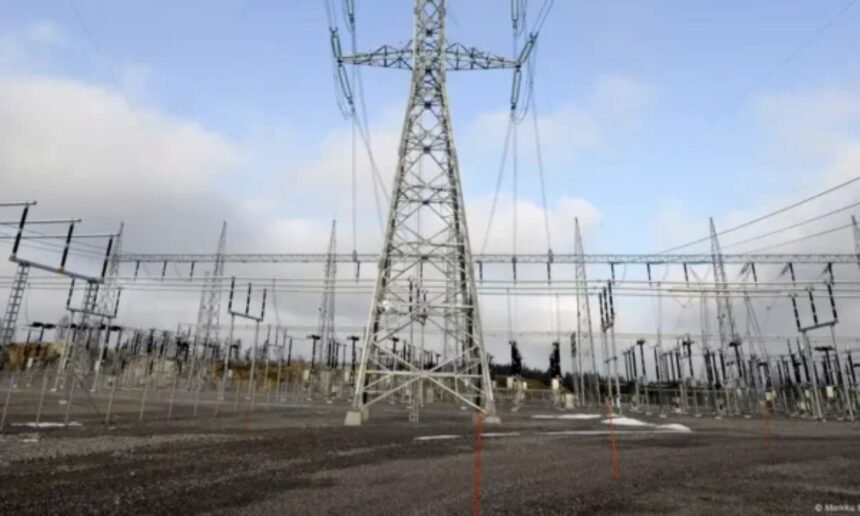Lithuania, Latvia, and Estonia have officially disconnected from the Russian power grid, marking a historic step toward energy independence. This transition strengthens their integration with the EU and further distances them from their Soviet past.
A New Energy Era for the Baltics
On Sunday (Feb 9), the Baltic states completed their shift to the EU’s Continental Europe power grid, ten months ahead of schedule. While symbolic, as they had already stopped purchasing Russian and Belarusian electricity since May 2022, the move reinforces their commitment to European energy security.
Breaking Free from Soviet Legacy
For decades, the Baltic nations remained part of the Soviet-era BRELL power grid, linking them with Russia and Belarus. This outdated dependency posed security risks, particularly following Russia’s invasion of Ukraine in 2022.
Kaspars Melnis, Latvia’s Minister for Climate and Energy, emphasized that this transition is about security, independence, and economic stability, with no expected impact on electricity prices.
Strengthening Ties with the EU and Scandinavia
The Baltic energy shift relies on key infrastructure:
🔹 LitPol Link – connecting Lithuania with Poland
🔹 NordBalt – linking Lithuania with Sweden
🔹 Estlink 1 & 2 – connecting Estonia with Finland, with a third link planned by 2035
Energy Security in a Changing Geopolitical Landscape
By fully integrating with the EU power grid, the Baltic states eliminate a key Russian leverage point. The move follows Russia’s energy warfare tactics, including supply cuts and suspected sabotage of underwater cables in the Baltic Sea.
Kristine Berzina from the German Marshall Fund highlights the geopolitical importance: “Dependence on an adversary that questions your existence is a major vulnerability.”
With this transition, the Baltic states affirm their commitment to European security and energy resilience.







